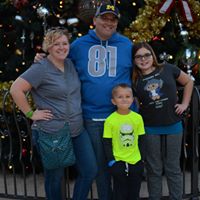
208 V Heating Elements
Started by
Phil Izak,
7 posts in this topic
Create an account or sign in to comment
You need to be a member in order to leave a comment

Started by
Phil Izak,
You need to be a member in order to leave a comment